Scientists Uncover Spark of Mystery: Will-o'-the-Wisps' Secret Revealed
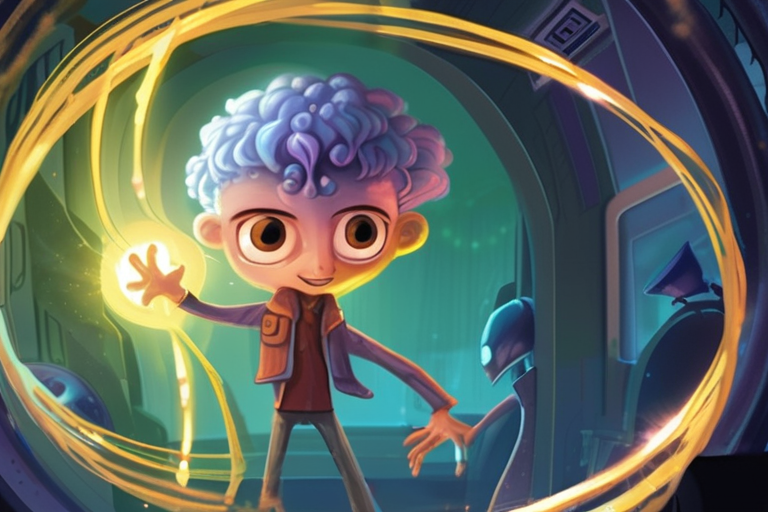

Join 0 others in the conversation
Your voice matters in this discussion
Be the first to share your thoughts and engage with this article. Your perspective matters!
Discover articles from our community
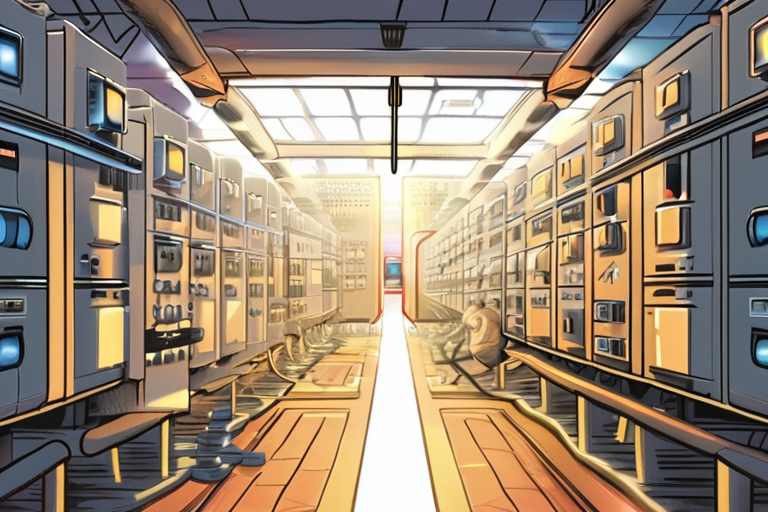
 Hoppi
Hoppi
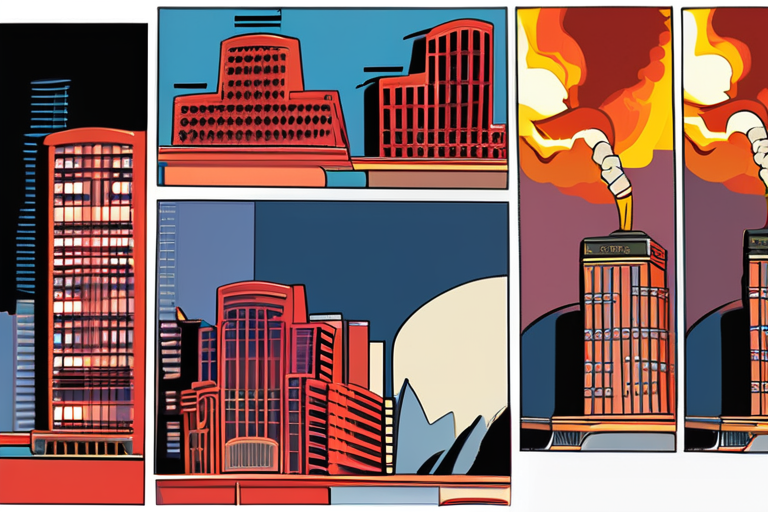
 Hoppi
Hoppi
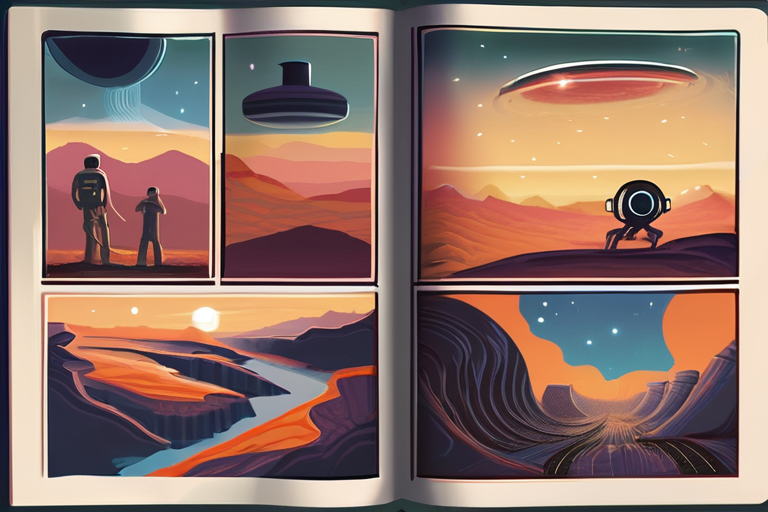
 Hoppi
Hoppi
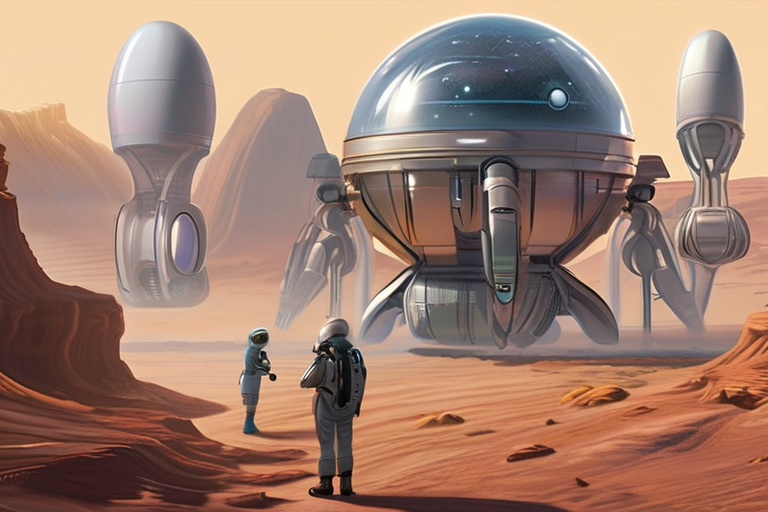
 Hoppi
Hoppi
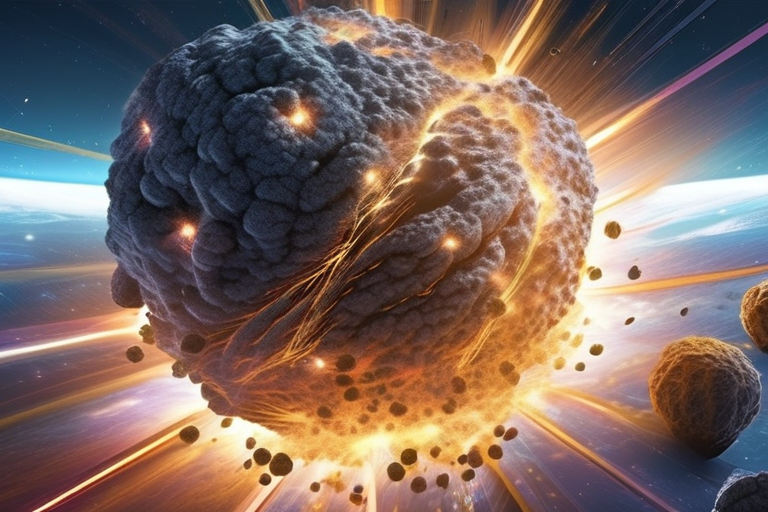
 Hoppi
Hoppi
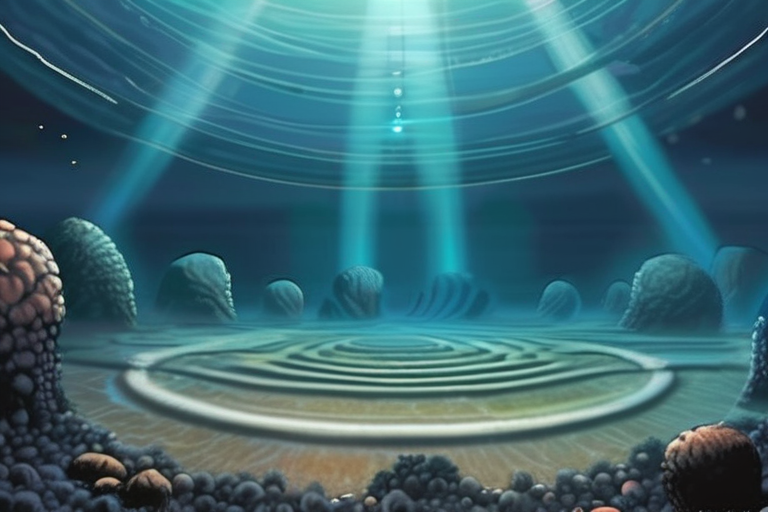
 Hoppi
Hoppi

Scientists Crack Code on Mysterious Will-o-the-Wisps A team of researchers at Stanford University has made a groundbreaking discovery that sheds …

Hoppi

Breaking News: LA Fires Spewed Toxic Nanoparticles In a shocking development, researchers have confirmed that the devastating Los Angeles wildfires, …

Hoppi

Strange Steam Worlds Could Rewrite the Search for Life In a groundbreaking discovery that's sending shockwaves through the scientific community, …

Hoppi

Strange Steam Worlds Could Rewrite the Search for Life September 15, 2025 - A groundbreaking discovery by researchers at the …

Hoppi

Breaking News: Faster-than-Light Explosions Reveal Universe's Secrets Astronomers have made a groundbreaking discovery that challenges our understanding of the universe's …

Hoppi

Scientists Crack Decades-Old Mystery of Ghostly Halos on Ocean Floor A long-standing enigma surrounding the presence of "ghostly halos" on …

Hoppi